Oktoberfest, Munich Teresienwiese, September 17th – October 3rd
As possibly the world’s most famous beer festival, Oktoberfest needs no introduction – and for those who didn’t make it to Bavaria in September, there are still a few days left to catch it at the start of the month.
If you make it on the last bank holiday Monday, you can catch an especially rowdy party atmosphere as professional rifle shooters mark the end of the fest. But any other day at the Wiesn is an experience to remember, with live music and singing in all the tents, delicious Bavarian beer and a gigantic funfair for the most adventurous visitors.
And for those who can’t make it down to Bavaria at short notice, the Hofbräuhaus beer halls around the country celebrate their own mini-Oktoberfests with dancing, singing, live music and of course a crisp litre or two of Hofbräu.
READ ALSO: Everything you need to know about Germany’s Oktoberfest
German Unity Day Celebrations, Erfurt Old Town, October 1st – 3rd
Marking the day when West and East Germany were formally reunited back in 1990 – a year after the fall of the Berlin Wall – Tag der Einheit (Unity Day) is a truly special bank holiday in Germany.
Each year, a different German city takes it in turn to host the annual Bürgerfest (citizen’s festival) in honour of Germany’s national day. This year, the Thuringian capital of Erfurt will be putting on an action-packed programme of political and cultural events all weekend. To start with, Germany’s five constitutional bodies – the Bundestag, Bundesrat, Federal President, Federal Government and Federal Constitutional Court – will be represented with large information stands on the theme of “Experiencing Politics”. And for those less keen to take a deep dive into the workings of government, each of the 16 states will have the best of their culture and cuisine on display.
There’ll also be live concerts, performances and a light installation representing German reunification over the weekend, making a visit to scenic Erfurt well worth it.
READ ALSO: EXPLAINED: How October 3rd became Germany’s national holiday
Cannstatter Volksfest, Stuttgart, September 23rd – October 9th
If you want to experience big folk festival but want to steer clear of the tourist crowd in Munich, look no further than Oktoberfest’s Swabian sister, the Cannstatter Volksfest in Stuttgart.
First launched in 1818, the festival has become a mainstay of the autumn calendar in Baden-Württemberg, and it’s an event that is fiercely proud of its Swabian roots. If you go, you can sample some of the best local beers and wines around, as well as other traditional Swabian delicacies. You can also go on rollercoasters and other fairground rides, hear trumpeting Oompah bands and get dizzy on the world’s largest mobile Ferris wheel.
Weimar Onion Market, October 7th – 9th
Nobody can say that Germans don’t make the most of their seasonal produce – and Weimar’s historic Zwiebelmarkt (onion market) is no exception.
The Zwiebelmarkt tradition dates back as early as the 15th century, when traders would come to the bustling town of Weimar to sell their wares. Over the years, the onion market days became a major social event where locals would also gather to eat, drink and barter. These days, you’ll still find all things onion-related at the onion market, from arts and crafts to culinary treats. But there’s also a funfair, live music, beer tents and family friendly activities to boot.
Ludwigsburg Pumpkin Festival, August 26th – December 4th
If you’re a fan of all things autumnal, look no further than Ludwigsburg Palace, which becomes home to the world’s largest pumpkin exhibition each year from late August to early December.
It may sound novel, but a walk around the grounds of the palace will show you that in Ludwigsburg, the pumpkin artists certainly don’t do things by halves. Not only can you see incredible sculptures made from around 450,000 pumpkins in total, but you’ll also see a jaw-dropping 600 different varieties of pumpkin there as well. And if you work up an appetite while soaking up the exhibition, you can also sample some delicious pumpkin-based dishes, from soup to Maultaschen.
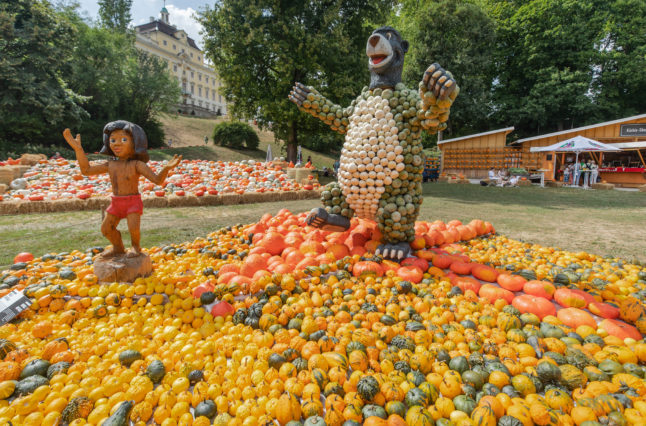
Filmfest Hamburg, 29th September – October 8
Though it tends to get overshadowed by the show-stopper Berlinale, film buffs who can’t wait until February will enjoy a trip to its Hanseatic sibling: Filmfest Hamburg.
Running throughout the first week of October, the Filmfest brings together the best of contemporary cinema from around the world at a range of venues around the city. This year, the festival is also celebrating its 30th anniversary, so there’s bound to be a truly special atmosphere at the event.
You can find the full programme in English here.
Berlin Festival of Lights, October 7th – 16th
Each year in the middle of August, the familiar sights of the German capital are bathed in colourful light and transformed each evening into weird and wonderful artistic creations.
This year, the theme of the world famous light festival is “Visions of the Future” as artists explore the question: What will our future look like?
The fruits of their labours can be seen around the city each evening from 7-11pm, after it gets dark. Organisers says there will be a big focus on sculptures this year – as well as the usual large installations – as they seek to reduce their electricity use by 75 percent.

Frankfurt Book Fair, October 19th – 23rd
The world’s largest book fair is returning to Frankfurt this October with the theme of “translation”, exploring the idea of translating ideas into new languages, mediums and contexts.
Alongside the sprawling trade fair and conference, there will also be a packed schedule of literary events where people can hear reading and talks by popular authors. You can find out all about the exhibitors at the book fair this year and what’s on at the conference in English on the Frankfurt Book Fair website.
Deutsches Weinlesefest, September 23rd – October 10th
The picturesque wine-growing regions of western Germany hold wine festivals throughout the year, but the Wine Harvest Festival – or Weinlesefest – is by far one of the biggest.
Fittingly enough, the festival is held in Neustadt an der Weinstraße, a pretty little town located along the famous Wine Route. For the few weeks of the festival, this sleepy little town hosts an enormous wine parade and around 100,000 wine-loving visitors. Head there on the 7th to see the crowning of this year’s Palatinate Wine Queen and sample some Rhineland wines out of a dubbeglas, a big glass that holds a whopping 50cl of wine. As always, drink responsibly!
READ ALSO: 10 ways to enjoy autumn like a true German
Halloween at Frankenstein’s Castle, October 21st – November 6th
If the name of Frankenstein’s Castle sounds familiar to you, it should do: apparently, Mary Shelley, the author of the novel Frankenstein, could well have been inspired by the castle when she visited the nearby town of Gernsheim in 1814.
These days, however, the castle is known for something slightly different: in 1978, American airmen set up an annual Halloween festival at the castle, and the spooky tradition has continued to this day.
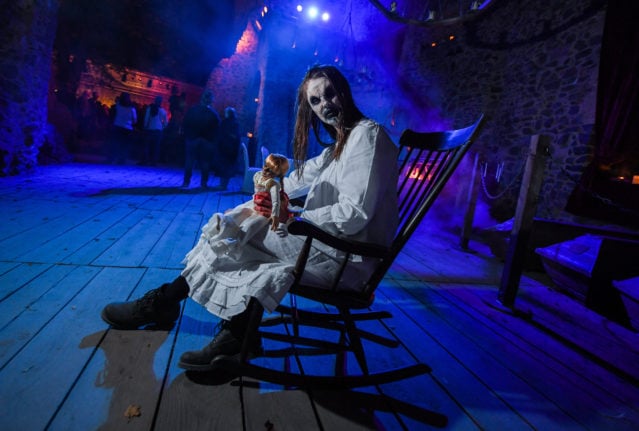
If you want to enjoy what’s been described as one of the most spectacular Halloween experiences in the world, it’s well worth booking tickets to go up to the castle in late October. In the weeks around Halloween, the 1000-year-old castle is transformed in a phantasmagoria of monsters and evil beings lurking in the shadows.
Every year, the organisers of the festivals pull yet another technical trick out of their sleeve to ensure that visitors are more spooked than ever. It’s not for the faint-hearted, but if you think you can handle the adrenaline, it’s bound to be an action-packed night.
READ ALSO: What are Germany’s 8 spookiest places?

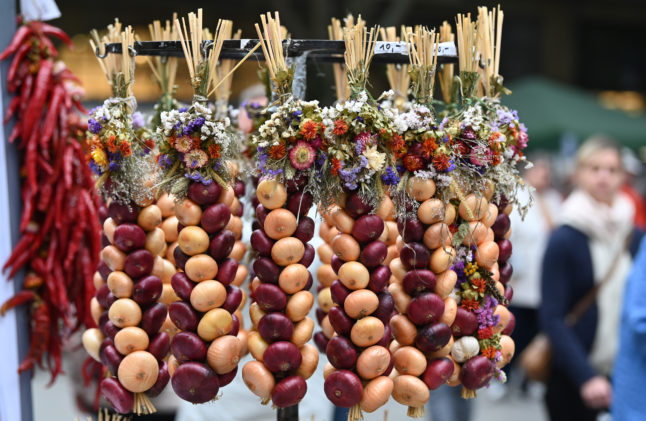
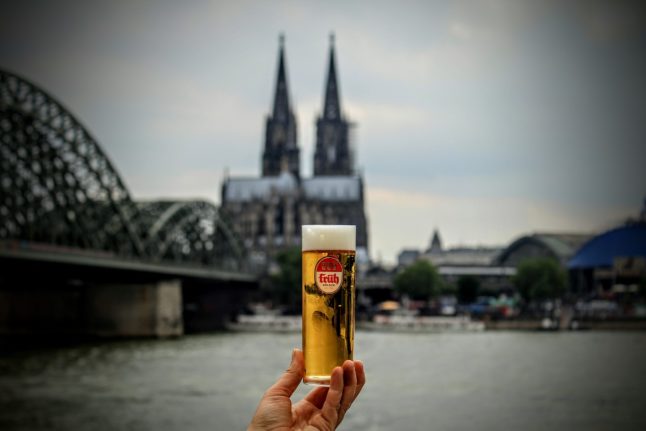

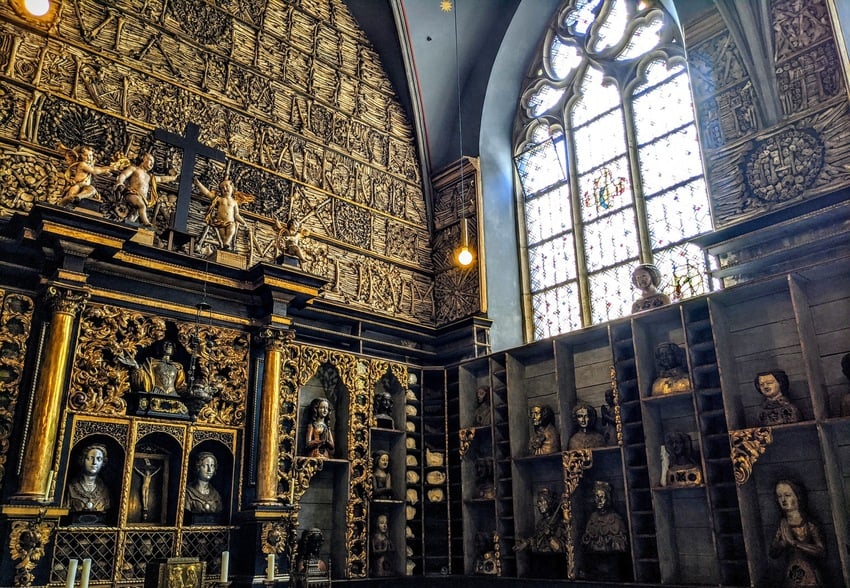

 Please whitelist us to continue reading.
Please whitelist us to continue reading.
Member comments